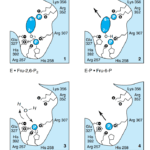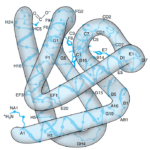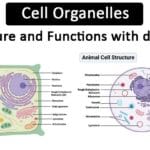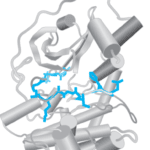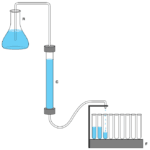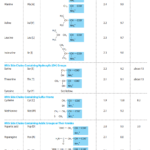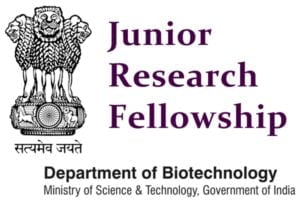Bioteck Ink.
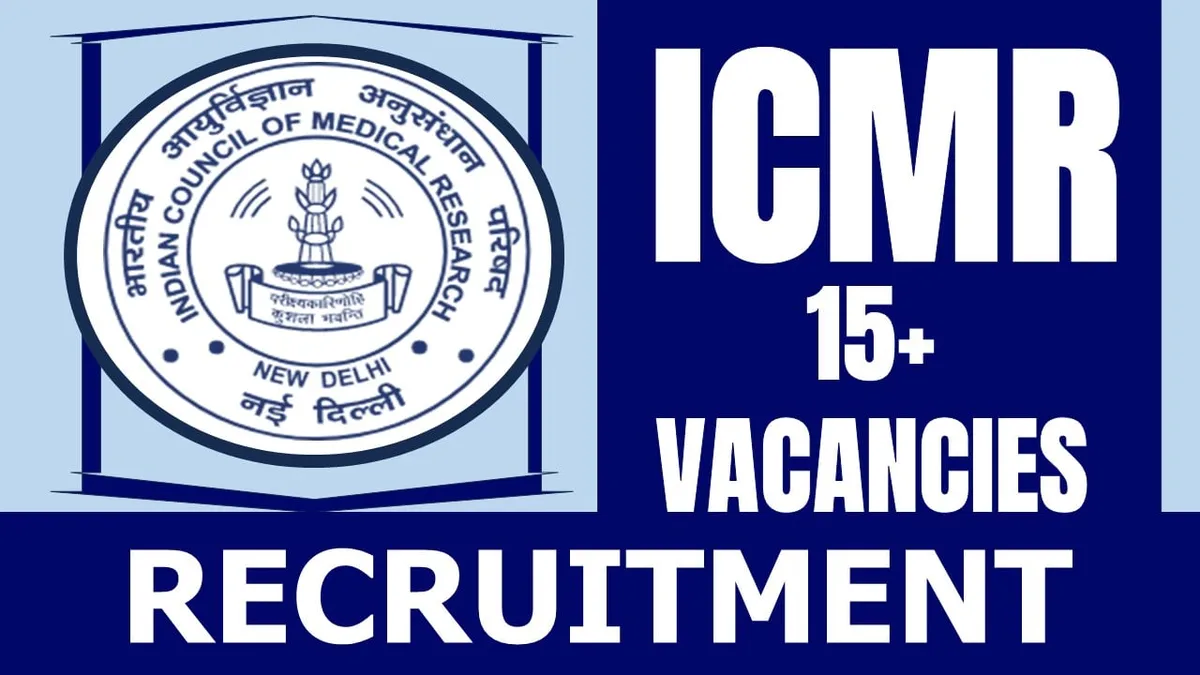
Jobs
ICMR Recruitment 2024: Review of Positions, Available Vacancies, Salaries, Age Requirements, Qualifications, and Application Process
Biochemistry
Proteins: Higher Orders of Structure
Biochemistry
Proteins: Determination of Primary Structure
Notifications DBT JRF Eligibility 2025: Age Limit & Educational Qualification, SOON
DBT JRF Eligibility 2025 If you’re planning to appear for the Department of Biotechnology Junior …
National-Level Exams for Academic and Research Aspirations
National-Level Exams for Academic in India play a pivotal role in shaping academic and research …
GATE Exam 2025: Admit Card Date Out, Exam Timetable
GATE Exam 2025 The Graduate Aptitude Test in Engineering (GATE exam 2025) is a prestigious …
CSIR NET Application Form Dec 2024: How to Apply Online
CSIR NET Application Form Dec 2024 : The National Testing Agency (NTA) is set to …
Oxford-Pershing Square Graduate Scholarships 2025
The Oxford-Pershing Square Graduate Scholarships are prestigious awards designed to support exceptional individuals committed to …
Enzymes: Mechanism of Action – Structure, Function & Biomedical Importance
Biomedical Importance Enzymes are indispensable biological catalysts that accelerate virtually every biochemical reaction in living …
Proteins: Structure and Biomedical Significance of Myoglobin & Hemoglobin
Biomedical Importance Myoglobin and hemoglobin are vital oxygen-binding proteins that ensure efficient transport and storage …


